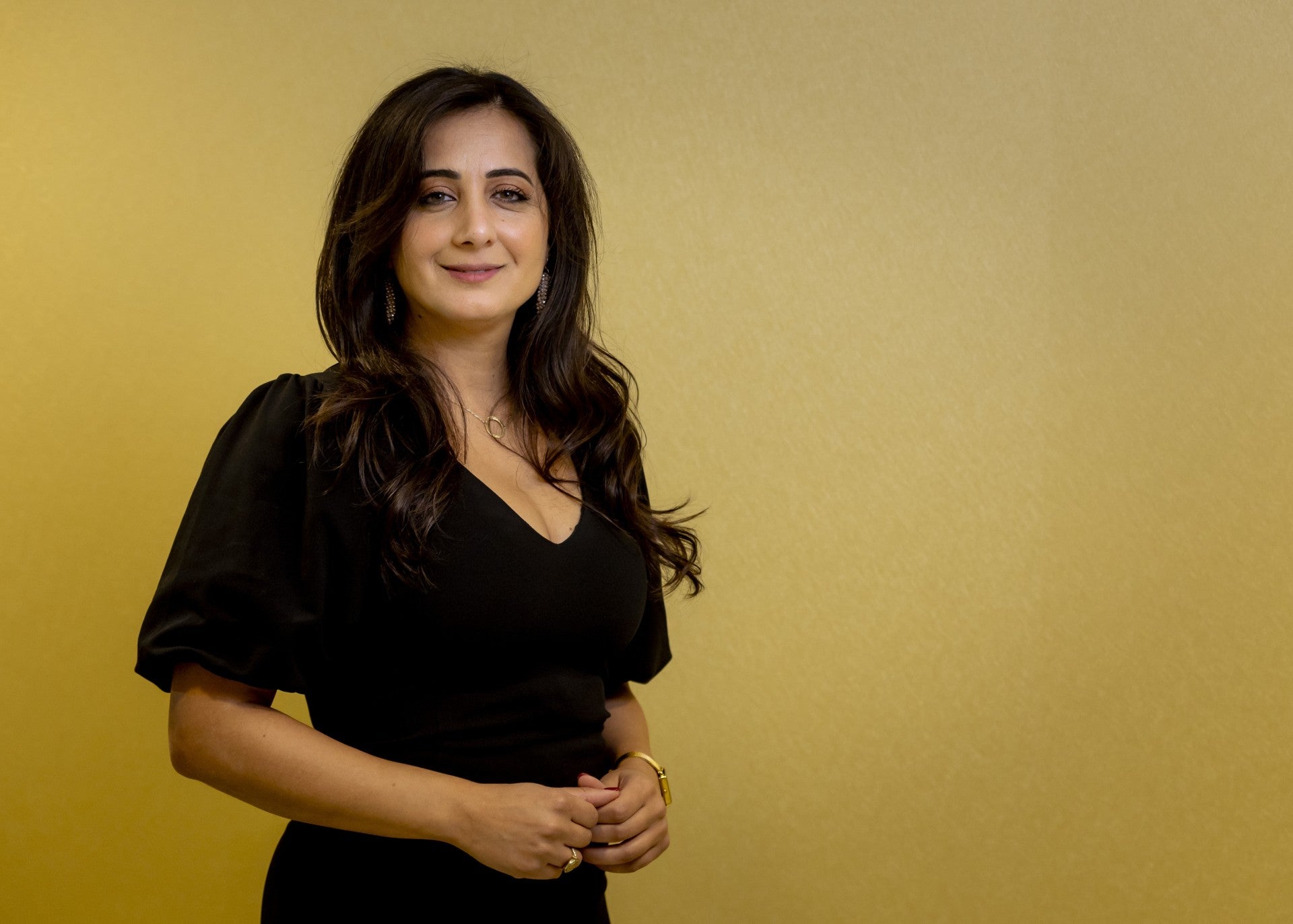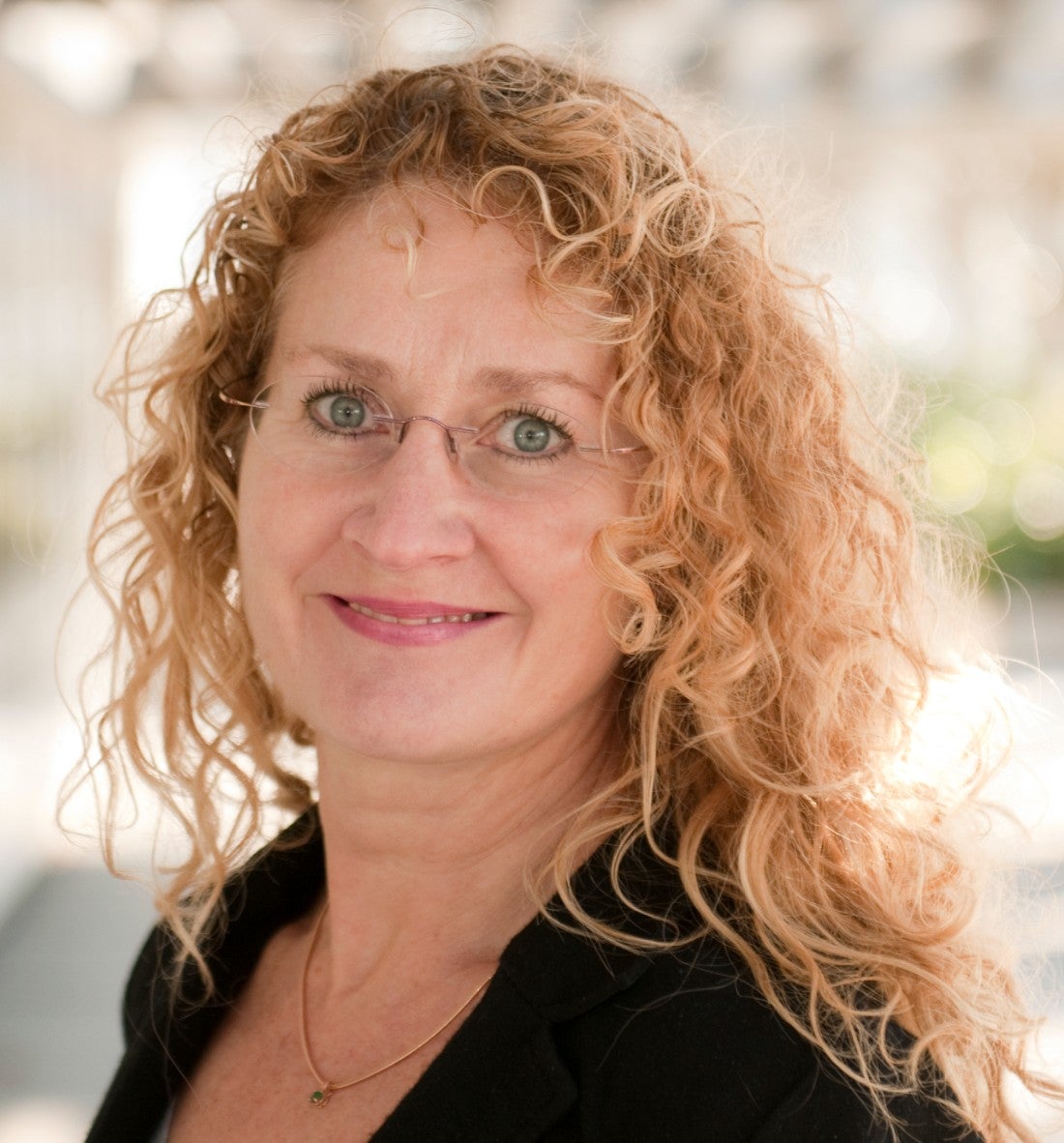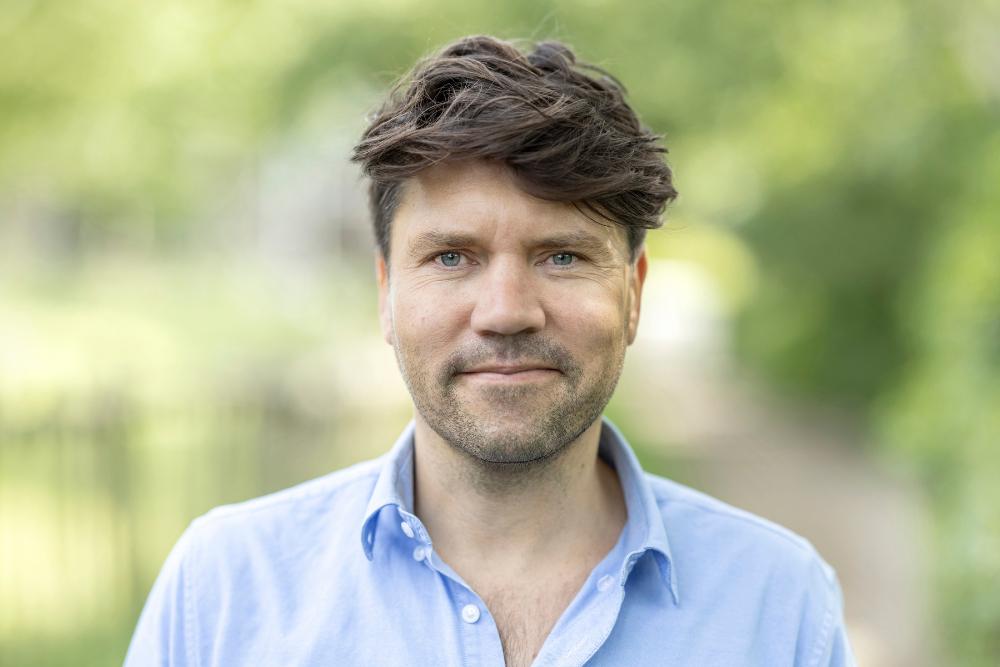It is highly likely that our bodies contain microplastics, but are they also inside the cells of unborn children? Marja Lamoree (52) is Professor of Analytical Chemistry for Environment and Health at the VU Amsterdam, where she conducts research on the issue together with Paediatrician Gavin ten Tusscher.
Microplastics in the placenta - that sounds scary. Should we be concerned?
“We don’t yet know. We do know that microplastics are spread all over the environment and in our food. These particles can enter the human body through inhalation and via our diet. There isn’t much hard evidence for it yet, but animal studies and models indicate that it is extremely likely. It’s unclear how the particles are absorbed into the body.”
“Before, we thought that the placenta could block all harmful influences from outside. But now we know that more gets passed on to the unborn child than we had believed. The question now is: does the same thing happen with plastics? At the moment, we’re studying 30 placentas donated by women who have given birth via caesarean section. The placentas are frozen and stored in glass beakers covered with aluminium foil, so they cannot be contaminated with plastic particles from the surroundings.”
“If the microplastics are also located on the baby’s side of the placenta, then the particles are most likely also inside the child as well.”
Why did you choose to use this method?
“There are two parts to the placenta: the mother’s side and the foetus side. In models using placentas tested outside the body, it has been proven that microplastics can be transported from the mother’s side to the foetus side. That means the unborn child can come into contact with the plastic particles. This transport also goes the other way: from the foetus side to the mother’s side. The question now is: does this transport process also occur inside the human body, in which microplastics can get to the foetus via the placenta during pregnancy?”
What would it mean if plastics are found? And how harmful is it?
“Pieces were cut out of both sides of all of the placentas collected. We’re going to see if we can measure microplastics on both sides of the placenta, and we want to study whether there are any differences between the pieces on the mother’s side and on the foetus side. If the microplastics are also located on the baby’s side of the placenta, then the particles are most likely also inside the child as well. That doesn’t necessarily prove that the microplastics are also harmful to the unborn child, however. Determining that would be the next step in the research.”
“It’s remarkable how some substances are prohibited from time to time, but then new variants are quickly brought to market that are often just as harmful.”
You have conducted research into harmful substances in the environment and in humans before. What have you noticed?
“It’s remarkable how some substances are prohibited from time to time, but then new variants are quickly brought to market that are often just as harmful. It seems to be one of the industry’s tactics. Prohibiting substances that are extremely harmful take far too long. The industry also uses lobbying tactics in Brussels, which researchers don’t have time for. When the substance is finally prohibited, there’s already another similar substance on the market. And then the whole circus starts all over again.”
How do you think we can implement a system in which the bad substances aren’t constantly replaced by similarly harmful ones?
“If a substance is found to be harmful, we should consider an immediate ban on the whole group of substances. That would affect hundreds of substances that resemble one another, as is the case with the PFAS problem today. The same chemical effect often indicates the same level of harm.”
“I don’t have time to go around looking for glass jars and bottles when I go shopping, but I do try to use as little plastic as possible.”
“We could also move towards reversing the burden of proof. First, producers should prove that a substance is actually harmless, instead of bringing it to market with just a minimum of review. The weird thing is that we’re extremely strict when it comes to pharmaceuticals and pesticides, but not for things like the substances added to consumer products to make them flame-retardant. We assume that people aren’t going to eat them, but that doesn’t mean the substances can’t get into our bodies some other way.”
Have you adjusted your own lifestyle?
“To the extent it’s possible, yes. I don’t have time to go around looking for glass jars and bottles when I go shopping, but I do try to use as little plastic as possible. I also don’t heat plastic containers in the microwave, because the chemicals from the packaging can leak into the food. I carry my lunch in a stainless steel lunchbox instead of plastic bags, and when I clean house I use as few harmful chemicals as possible. It might just be a drop in a bucket, but every tiny bit makes a difference.”








